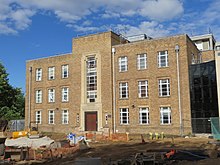
The Cavendish Laboratory is the Department of Physics at the University of Cambridge, and is part of the School of Physical Sciences. The laboratory was opened in 1874 on the New Museums Site as a laboratory for experimental physics and is named after the British chemist and physicist Henry Cavendish. The laboratory has had a huge influence on research in the disciplines of physics and biology.
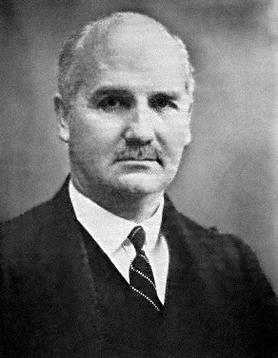
Frederick Alexander Lindemann, 1st Viscount Cherwell, was a British physicist who was prime scientific adviser to Winston Churchill in World War II.

John Feather Wheater is a British physicist, and Professor specialising in particle physics at the University of Oxford.

Sir John Sealy Edward Townsend, FRS was an Irish-British mathematical physicist who conducted various studies concerning the electrical conduction of gases and directly measured the electrical charge. He was a Wykeham Professor of physics at Oxford University.

Sir Harrie Stewart Wilson Massey was an Australian mathematical physicist who worked primarily in the fields of atomic and atmospheric physics.
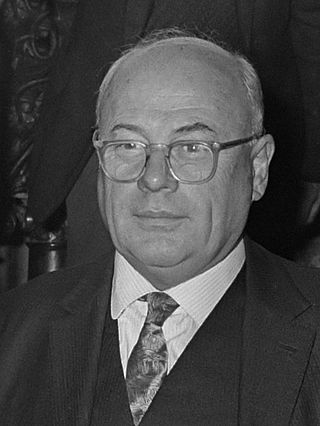
Kurt Alfred Georg Mendelssohn FRS was a German-born British medical physicist, elected a Fellow of the Royal Society in 1951.
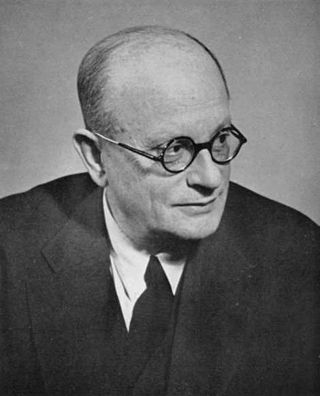
Sir Francis Simon, was a German and later British physical chemist and physicist who devised the gaseous diffusion method, and confirmed its feasibility, of separating the isotope Uranium-235 and thus made a major contribution to the creation of the atomic bomb.

The Physical and Theoretical Chemistry Laboratory (PTCL) is a major chemistry laboratory at the University of Oxford, England. It is located in the main Science Area of the university on South Parks Road. Previously it was known as the Physical Chemistry Laboratory.

Parks Road is a road in Oxford, England, with several Oxford University colleges along its route. It runs north–south from the Banbury Road and Norham Gardens at the northern end, where it continues into Bradmore Road, to the junction with Broad Street, Holywell Street and Catte Street to the south.

The Oxford University Science Area in Oxford, England, is where most of the science departments at the University of Oxford are located.
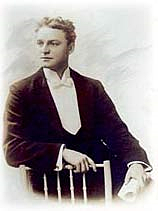
Henry Herman Leopold Adolph Brose was an Australian physicist and translator. During the First World War, he was interned as a civilian prisoner in Germany. He was the first Australian to be awarded a PhD from the University of Oxford. Brose held the Lancaster-Spencer Chair of Physics at the University of Nottingham from 1931 to 1935, and he translated a number of key physics texts from German into English. His translations of crucial German texts on Einstein's theory of General Relativity have been essential for the theory's reception in the English-speaking world. In 1935, Brose moved to Australia where he engaged in cancer research. During the Second World War, he was suspected of sympathy with the Nazi regime. He was interned in Australia from 1940 to 1943, which ended his academic career.
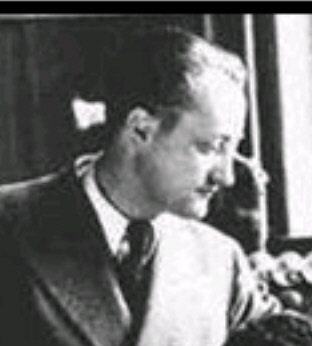
Hans Heinrich von Halban was a French physicist, of Austrian-Jewish descent.
Heinz London was a German-British physicist. Together with his brother Fritz London he was a pioneer in the field of superconductivity.
William Mitchinson Hicks, FRS was a British mathematician and physicist. He studied at St John's College, Cambridge, graduating in 1873, and became a fellow at the college.

The Denys Wilkinson Building is a prominent 1960s building in Oxford, England, designed by Philip Dowson at Arup in 1967.
Paul Adrian Barlow Beecroft is a British venture capitalist based in London. He was for many years Chief Investment Officer of the private equity group Apax. He was until recently Chairman of Dawn Capital.
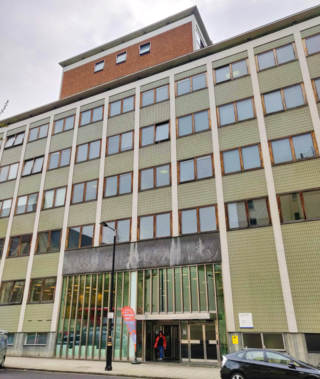
The Blackett Laboratory is part of the Imperial College Faculty of Natural Sciences and has housed the Department of Physics at Imperial College London since its completion in 1961. Named after experimental physicist Patrick Blackett who established a laboratory at the college, the building is located on the corner of Prince Consort Road and Queen's Gate, Kensington. The department ranks 11th on QS's 2018 world university rankings.

Heinrich Gerhard Kuhn was a British physicist. A graduate of the University of Göttingen, where he studied for his doctorate under the direction of James Franck, winner of the 1925 Nobel Prize for Physics, he left Germany after the Nazi Party came to power there in 1933, and moved to Britain, where relatives had settled, becoming a British subject in 1939. At the invitation of Frederick Alexander Lindemann, he worked for Imperial Chemical Industries at the Clarendon Laboratory in Oxford, where he studied hyperfine structure. During the Second World War, he worked on isotope separation for Tube Alloys and the Manhattan Project. He was the first physicist to become a fellow at Balliol College, Oxford, in 1950, and published textbooks on atomic spectra in German in 1934 and English in 1962.
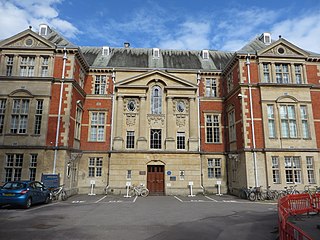
The Department of Physics at the University of Oxford is located on Parks Road in Oxford, England. The department consists of multiple buildings and sub-departments including the Clarendon Laboratory, Denys Wilkinson's building, Dobson Square and the Beecroft building. Each of these facilities contribute in studying different sub-types of physics such as Atomic and Laser Physics, Astrophysics, Theoretical Physics, etc. The physics division have made scientific contributions towards this branch of science since the establishment of the department.
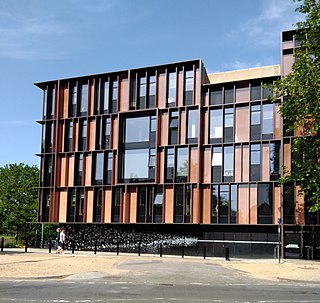
The Beecroft Building is one of the buildings forming part of the Department of Physics, University of Oxford in Oxford, England.


